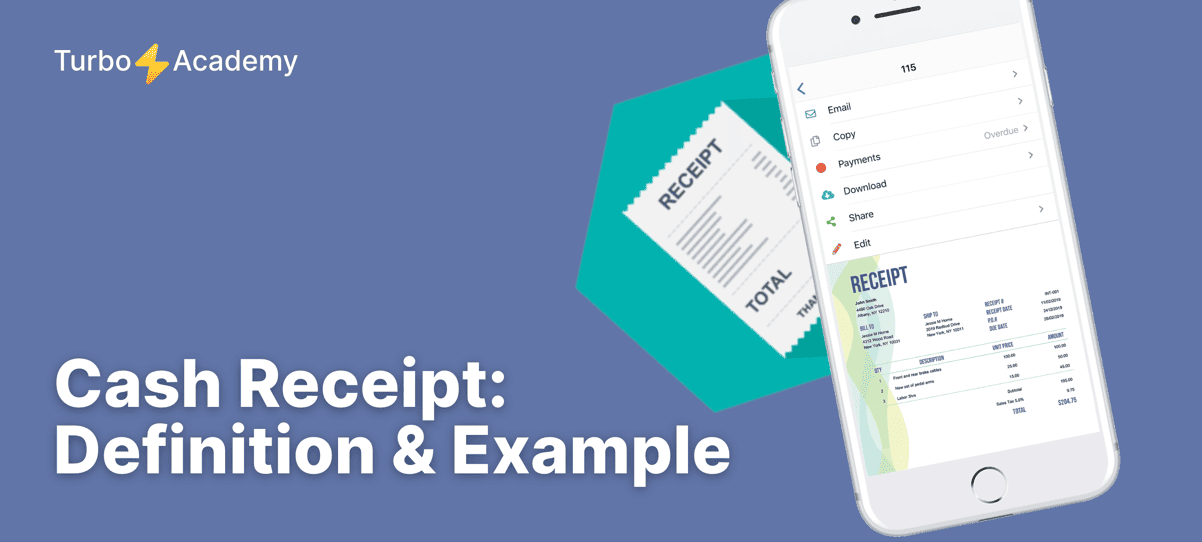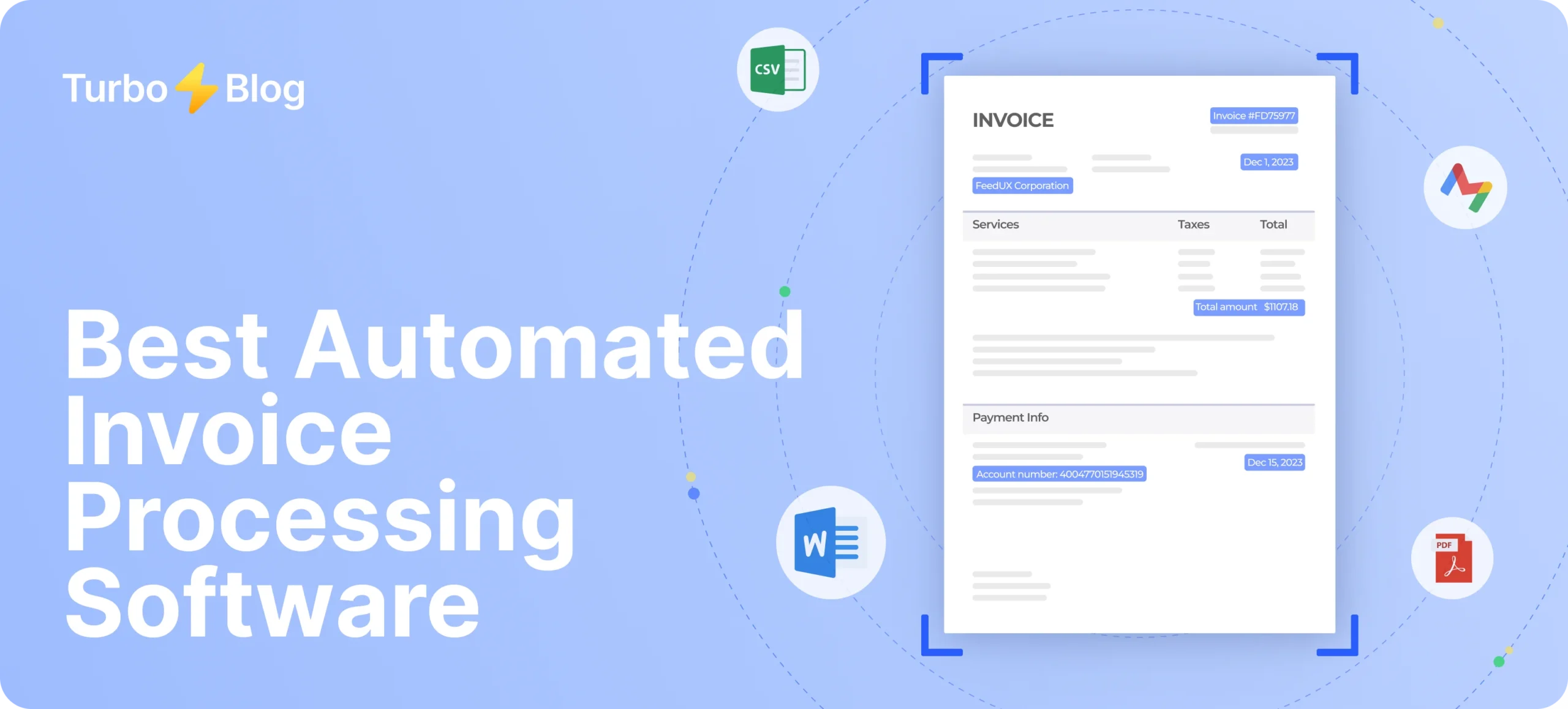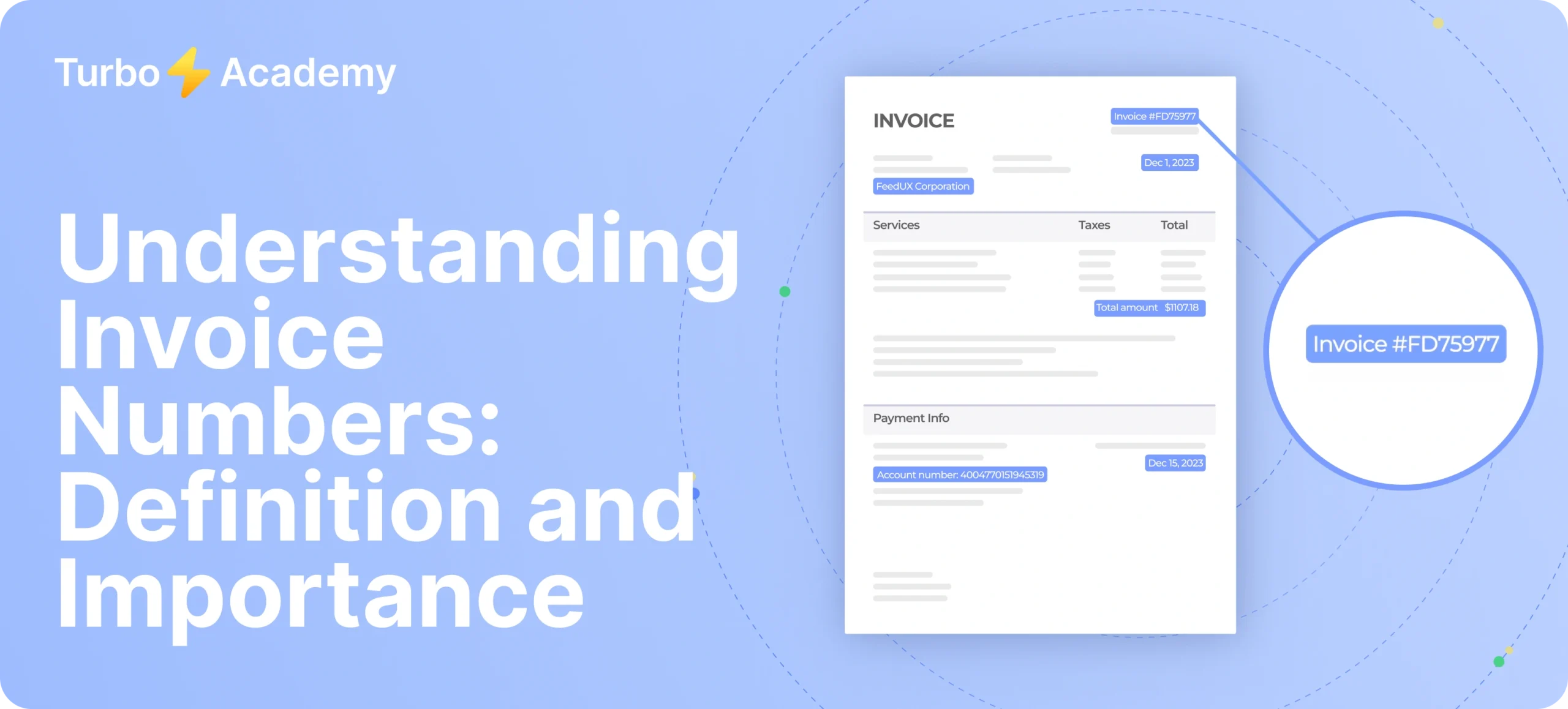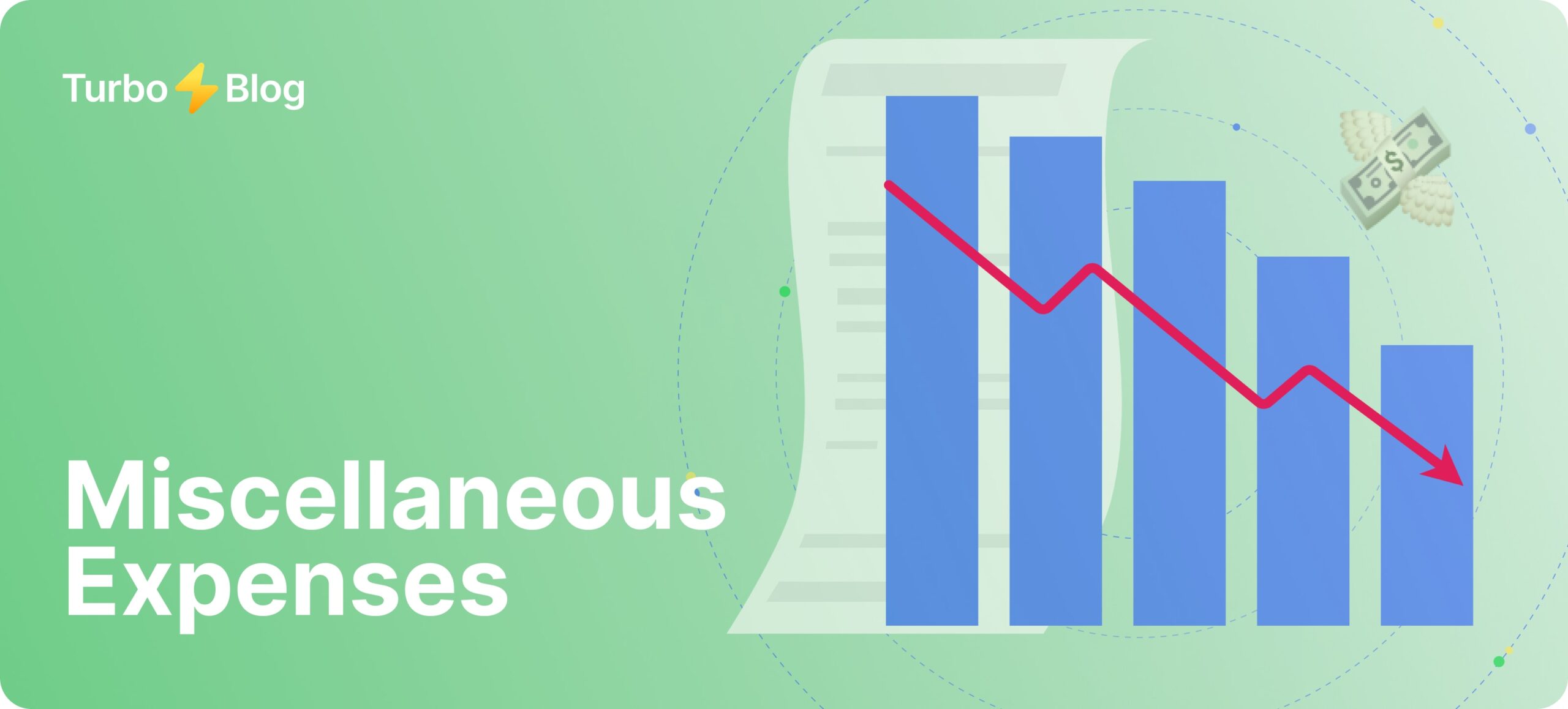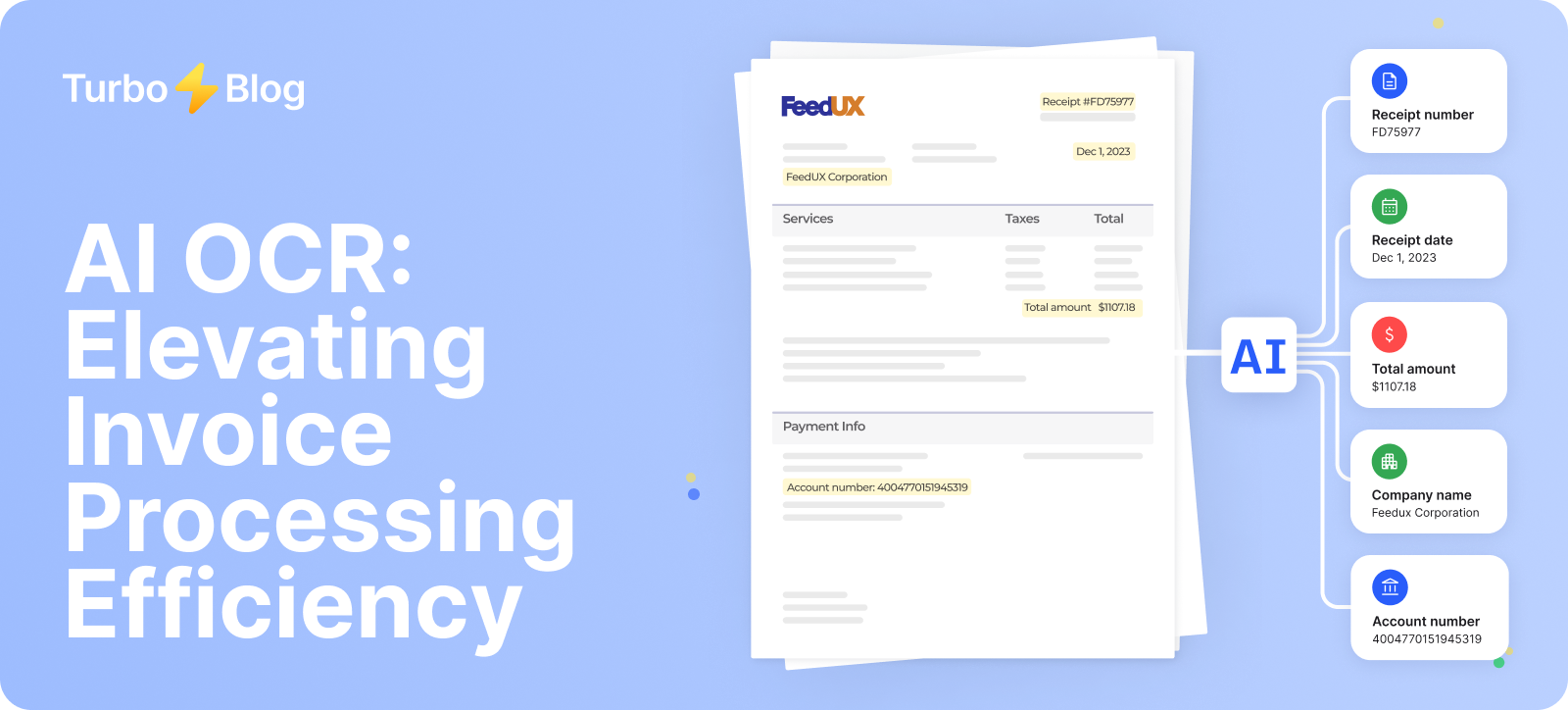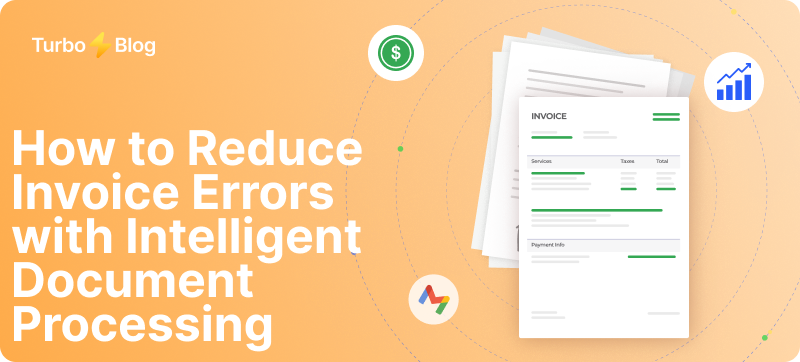Prorated charges are a common practice in various industries, including subscription services, real estate, and employment. The concept of prorating applies when a customer or employee only uses a service or works for a part of a billing cycle or contract period. In this article, we will delve into what prorated charges mean, how they work, and the implications for both businesses and customers.
What Does Prorated Mean?
«Prorated» refers to the process of allocating a portion of a total amount of money or time according to a specific ratio or proportion. This method is used when calculating partial amounts, such as part of a month’s rent, a fraction of a service fee, or a portion of an employee’s salary. The goal is to ensure fairness by charging or paying only for what is used or earned, rather than the full amount.
Automate document processing with TurboDoc
Recognize invoices, contracts, and forms in seconds. No manual work or errors.
Try for free!
Prorated Charges vs. Non-Prorated Charges
- Prorated Charges: These are charges that are adjusted or proportioned based on the duration or extent of service use within a billing period. For example, if a subscription service is canceled mid-month, the customer would only pay for the days they used the service.
- Non-Prorated Charges: On the other hand, non-prorated charges are fixed and do not vary with the duration of service use. Even if a customer cancels mid-period, they would still be charged the full amount for that period. Non-prorated charges are less flexible and do not account for partial usage.
How Do Prorated Charges Work?
Prorated charges typically involve a simple calculation based on the proportion of time or service used. Here’s an example:
- Subscription Services: Suppose you sign up for a monthly streaming service that costs $100 per month. You decide to cancel your subscription after two weeks (14 days) into the 30-day month. The prorated charge would be calculated as follows:
- Monthly fee: $100
- Number of days in the month: 30 days
- Number of days used: 14 days
- The prorated fee = (Monthly fee) * (Number of days used / Total days in the period)
- Prorated fee = $100 * (14 days / 30 days) = $100 * 0.4667 = $46.67
- Employment Context: If an employee starts working mid-month and their monthly salary is $3,000, the prorated salary for the first month would be calculated similarly:
- If they start on the 15th of a 30-day month, they would work 16 days.
- Prorated salary = $3,000 * (16 days / 30 days) = $3,000 * 0.5333 = $1,600
Examples of Prorated Fees
1. Rent and Real Estate
In real estate, leases are often prorated if a tenant moves in mid-month. If the monthly rent is $1,500 for a 30-day month and the tenant moves in on the 20th, they would pay rent for only 11 days.
- Prorated rent = $1,500 * (11 days / 30 days) = $1,500 * 0.3667 = $550
2. Telecommunications Services
Telecom companies often use prorated billing for services like phone plans. If you activate a $60 monthly plan on the 10th of a 30-day month, you would only pay for the remaining 21 days.
- Prorated fee = $60 * (21 days / 30 days) = $60 * 0.7 = $42
Automate document processing with TurboDoc
Recognize invoices, contracts, and forms in seconds. No manual work or errors.
Try for free!



How to Explain Prorated Charges to a Customer
Explaining prorated charges to customers involves clarity and examples:
- Use Simple Language: Describe prorated charges as a way to bill customers based on actual usage rather than a flat rate.
- Provide Examples: Use concrete scenarios to illustrate how prorating works, making it easier for customers to understand.
- Focus on Fairness: Emphasize that prorated billing ensures they only pay for what they use, which can be beneficial if they cancel or start services mid-period.
Implications of Prorated Charges for Customers
Prorated charges can have both positive and negative implications for customers:
Pros:
Fairness: Customers pay only for the service they use, which can reduce costs if they start or end services mid-period.
Flexibility: It allows for easier adjustments in billing when service start or end dates do not align with billing cycles.
Cons:
Confusion: Without clear explanations, customers might find prorated billing confusing, especially if they are not used to seeing partial charges.
Administrative Challenges: Businesses may face additional administrative tasks in calculating and explaining these charges.
Additional Resources
For those interested in more details on prorated charges, here are some key terms and concepts to explore:
- Prorated Salary Meaning: In employment, a prorated salary refers to a salary adjusted for the actual time worked within a pay period.
- Prorated Credit Meaning: In finance, a prorated credit could refer to a partial refund or adjustment in interest based on the duration of a loan or service.
- Not Prorated Meaning: Services or fees that are not prorated are typically charged in full, regardless of usage.
By grasping these concepts, individuals can better navigate financial and contractual agreements, ensuring clarity and fairness in transactions.
Automate document processing with TurboDoc
Recognize invoices, contracts, and forms in seconds. No manual work or errors.
Try for free!
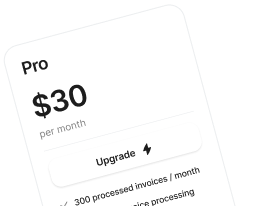

Conclusion
Understanding prorated charges is essential for both businesses and consumers. By recognizing how these charges work, customers can better manage their expenses, and businesses can provide more transparent and fair billing practices. Prorated billing ensures that everyone pays only for what is used, aligning with principles of fairness and efficiency in the marketplace. Likewise, TurboDoc enhances invoice management by automating billing processes, reducing errors, and ensuring businesses can accurately track and manage prorated charges with ease.
❓ Prorated Charges FAQs
How do you explain prorated charges?
Prorated charges are partial charges or credits applied when a service starts, changes, or ends in the middle of a billing cycle. They ensure you only pay for the portion of the service you actually used.
How is proration calculated?
Proration is usually calculated by dividing the full cost of a service by the number of days in the billing cycle and then multiplying by the number of days the service was active.
What are examples of prorated expenses?
Common examples include partial utility bills, adjusted subscription fees, rent when moving mid-month, or a phone bill after upgrading your plan.
What is the first step when calculating prorated expenses?
The first step is to determine the daily cost of the service by dividing the total monthly (or yearly) charge by the number of days in the billing period.
How to figure out prorated pay?
Prorated pay applies when an employee works only part of a pay period. Employers calculate the daily wage and multiply it by the actual days worked.
Is prorated a good thing?
Yes, in most cases prorated charges are fair for customers, since they prevent overpaying for unused service.
How to avoid prorated charges?
You can often avoid prorated charges by aligning plan changes or cancellations with the start or end of the billing cycle.










